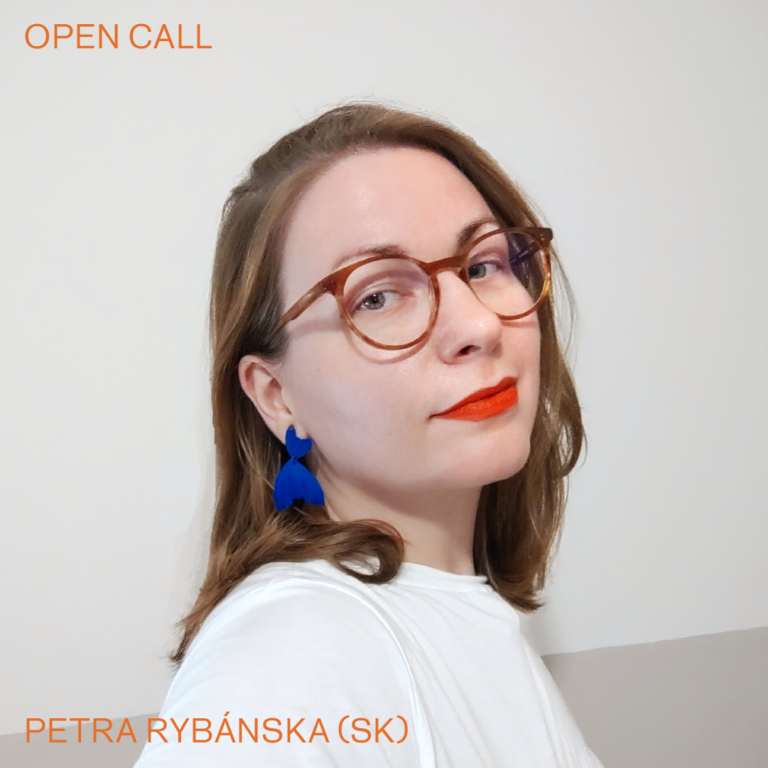Atelier Dasha Tsapenko
Ukrajina / Holandsko
Ukraine / Netherlands
Cutting-Edge Beans, 2023
EN
„Cutting-Edge Beans“ je po holandsky Knipselbonen (krájaná fazuľa), čo je druh starého uchovávania tejto strukoviny v holandsku. Rôzne druhy fazule sa hneď po zbere navliekajú na povrazy, aby sa usušili a zachovali na zimné obdobie. Knipselbonen sa tradične v holandskej kuchyni konzumuje v kombinácii s duseným mäsom a zemiakmi. Suché fazuľové struky sa namočia cez noc do vody a potom sa strihajú nožnicami. Tieto druhy výdatných fazuľových prívarkov, ktoré stále milujú staršie generácie, stratili v posledných desaťročiach na popularite, pretože sa považovali za ťažko stráviteľné jedlá. Niekedy sú dokonca označované ako „jedlo pre chudobných“. Práca “Cutting-Edge Beans” skúma mycélium a jeho rôzne (jedlé) vlastnosti. Skúma jazyk Slow fashion, v ktorom sa nachádza veľa zaujímavostí, ktoré sa daný projekt snaží komunikovať.
EN
“Cutting-Edge Beans“ originated from the Dutch term Knipselbonen (cutting beans) also referred to as Drogebonen (dry beans).Bean species that belong to this category are eaten together with their pods. Back in the day, these freshly harvested bean pods were put on strings to dry, as a way to preserve them for cold winters.Traditionally in Dutch cuisine, Knipselbonen are consumed in meat stews, often with potato. Dry bean pods are soaked in water overnight and then cut with scissors. These types of hearty bean stews, still beloved by older generations, lost their popularity in the past decades, being considered as ‘heavy’ and hardly digestible, sometimes even being referred to as “food for the poor”.“Cutting-Edge Beans“ proposes and explores mycelium and its various (edible) properties as a possible answer to these questions. Language of slow fashion is used as a medium to communicate the findings.


